Satellite Communications: Regulation and Business
Dates of the course: September 2025 to December 2025
Teaching language(s): English, with entries in French and German
Credits: 3 ECTS
Contact: universeh@uni.lu
Universities involved: University of Luxembourg / Toulouse INP / ENSEEIHT / University of Toulouse
- University of Luxembourg
- Toulouse INP
- ENSEEIHT
- University of Toulouse
Profile and prerequisites:
- Master’s level
- The candidates need to postulate for acceptance.
Teaching modalities: Online synchronous (meets at scheduled times via WebEx Teams) / Regular slots on Mondays 10-13 / Online asynchronous (learning resources are designed to be accessed at any time)
Student mobility: Optional
Assessment modalities:
- End examination (Preparation of a business plan in a combined group, presentation of the plan in the exam class)
- Continuous assessment
This course is open to students from the seven universities and can be followed entirely online, with no requirement for physical mobility.
How to apply: Students apply at their home universities.
Lecturers:
- Mahulena Hofmann
- Marie-Laure Boucheret
Objectives: The course aims to provide an opportunity for students in the Human Sciences (Law) and Technology (Engineering) fields to combine their skills and abilities to work on an interdisciplinary communication systems environment.
It equips the students with basic regulatory, business and technical knowledge necessary for performing in the satellite telecommunications industry. Students will be exposed to and work with industrial and academic experts in the field.Course Learning Outcomes:
- Complete official forms to demonstrate compliance with the telecommunication related regulations.
- Engineering Students: Recognise regulatory problems connected with the cybersecurity of space communications.
- Law Students: Recognise the technical aspects connected with the cybersecurity of space communications.
- Communicate and collaborate with people from different fields and work together towards achieving a common goal.
- Explain and present the system of authorization of space objects and their associated frequencies.
- Create a business plan for satellite communications that incorporates funding schemes and takes into account the different technologies required for a successful solution.
Description:
Starting with a general presentation of the near-Earth space environment, we will then recall key concepts of the two-body problem.
The various forces acting on RSOs will be introduced and discussed, starting from low-Earth orbits, and moving up to beyond the geosynchronous belt. Considering therefore perturbed two body problems, we will present Gauss and Lagrange planetary equations.
By using averaging technique, we discuss secular models relevant to study their long-term dynamics and detail several chaos indicators useful for distinguishing regular from chaotic trajectories.

